Name Brew Moore | ||
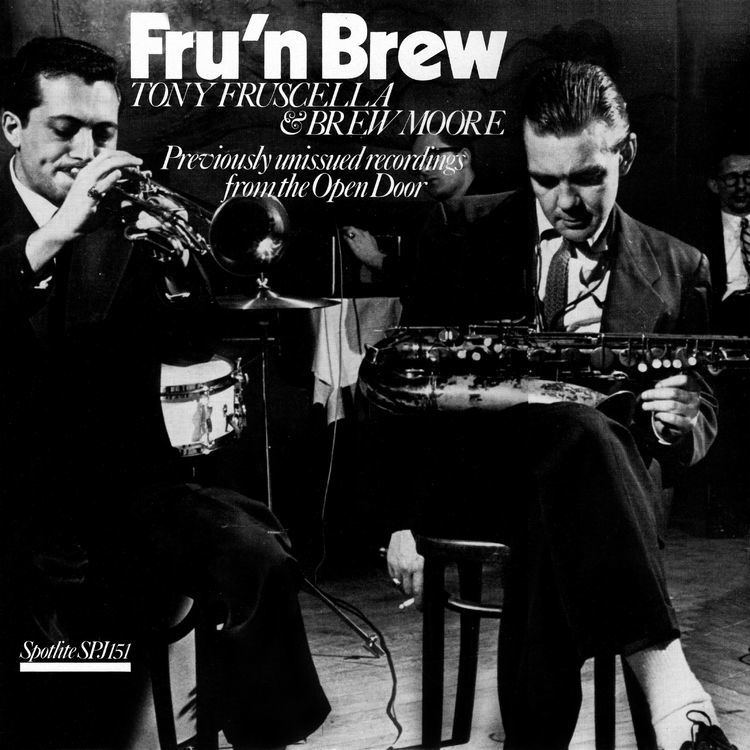 | ||
Albums The 1954 Unissued Atlantic Session Similar People | ||
Charlie parker brew moore with paul bley quartet at cbc studios 1953
Milton Aubrey "Brew" Moore (March 26, 1924 – August 19, 1973), was an American jazz tenor saxophonist.
Contents
- Charlie parker brew moore with paul bley quartet at cbc studios 1953
- Brew moore my funny valentine
- Early life
- Professional career
- Influence and legacy
- References
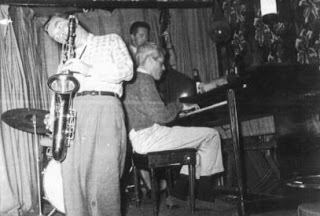
Brew moore my funny valentine
Early life
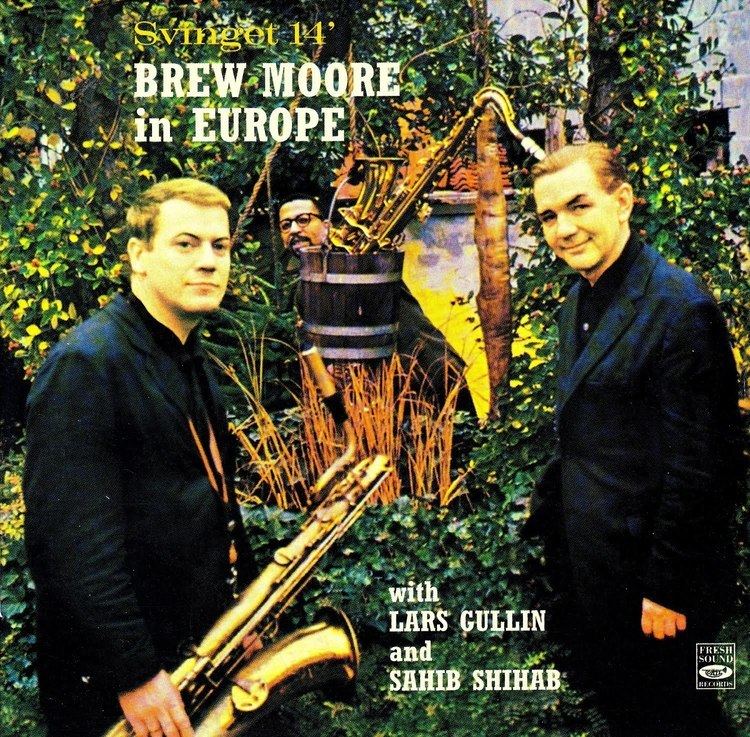
Moore's formal musical training began at twelve, first on trombone, then clarinet before switching to tenor saxophone. Inspired by the style of Lester Young (aka Prez or Pres), he got his first professional experience playing in a Texas territorial band the summer before entering college.
Professional career
Moore left the University of Mississippi in his first year to pursue a performing career, with stints in New Orleans, Memphis and New York City (twice) between 1942-47. In New York he first heard the new music called bebop. As one who idolized Young (he even held his horn at the same unorthodox 120 degree angle), Moore was at first uncomfortable with it, but as he recalled for New York Times critic John Wilson in 1968: "When I heard what Bird (Charlie Parker) had done for himself, I realized that Pres was not the complete messiah. So I combined Bird and Pres and my own thing."
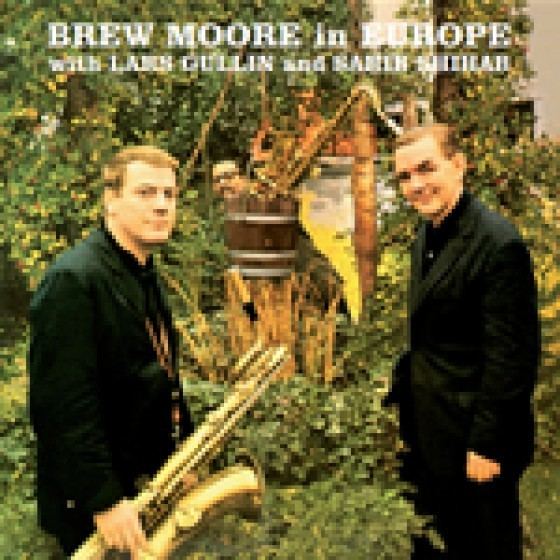
Returning to New York in 1948, Moore became a fixture on the city's vibrant jazz scene, cutting his first album as a leader ("Brew Moore and His Playboys,"Savoy Records) and working with Machito's orchestra and Claude Thornhill's Big Band, the Kai Winding sextet, Stan Getz and George Wallington among others. In 1949 he joined three of the "four brothers" from Woody Herman's celebrated Second Herd (Getz, Zoot Sims, Al Cohn) plus Allen Eager in a session that resulted in the album The Brothers for the Prestige Label. And in the early 50s he gigged with Bird and other beboppers of note at venues like Birdland. Pianist Gene DiNovi described him as "a natural player. I remember him saying once that you should come to the saxophone as a child would—pick it up and blow. He had blond, straw-colored hair. Always with a farmer's cow-lick sticking up. He was a very simple, lovely person."
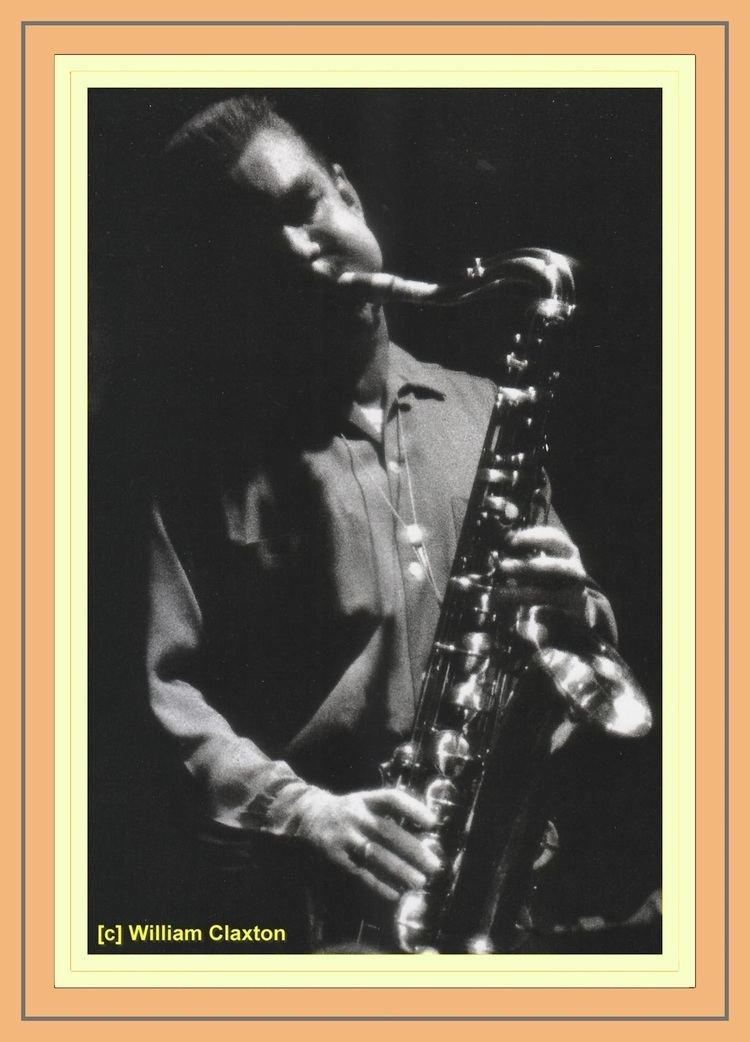
He left New York in 1954 for the West Coast, settling eventually in San Francisco where he found a congenial environment, fitting well into the beat generation culture personified by one of his acknowledged admirers, Jack Kerouac. In 1959 the heavy drinking that had early on given him his nickname took its toll, and he withdrew from the scene. He subsequently resurfaced in Europe. Based out of Copenhagen, Denmark, he would, with the exception of three years in New York (1967–70), continue to perform there for the rest of his life, teaming with such notable fellow ex-pats as Kenny Drew and Sahib Shihab as well as European stalwarts Niels-Henning Ørsted Pedersen and Alex Riel. In August 1973, back in Copenhagen from a trip home to settle his late father's affairs (and, ironically, after years of economic uncertainty coming into a substantial inheritance), he fell down a flight of stairs in Tivoli Gardens after a characteristically bibulous night and suffered the injuries that caused his death.
Influence and legacy
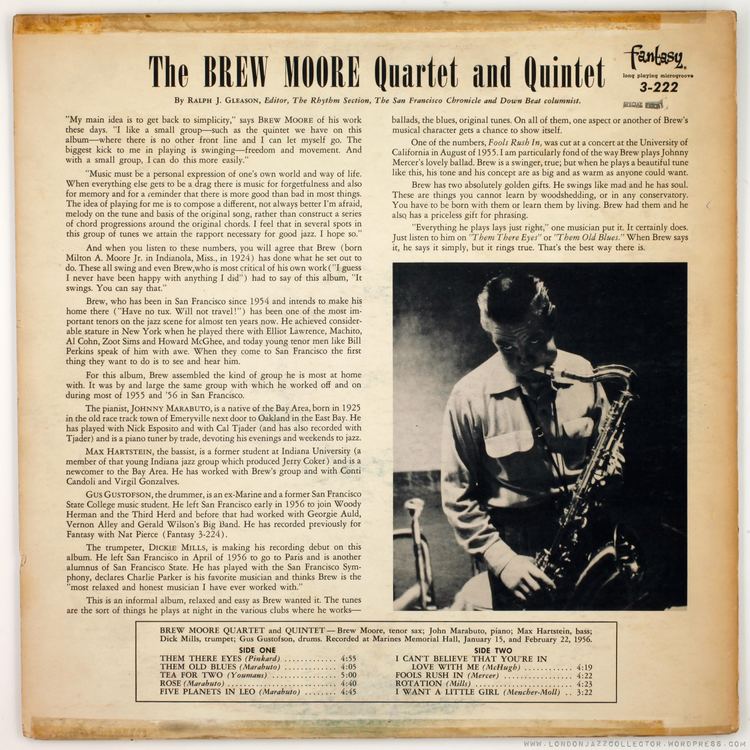
Storyville Records executive Alun Morgan suggests in liner notes for the CD reissue "No More Brew" that Moore's "total discography is small for a man of his musical stature" because of the saxophonist's unswerving adherence to his Lestorian roots. And indeed, as critic Scott Yanow has pointed out, "In the early '50s, [Moore] recorded . . . with fellow tenors Stan Getz, Al Cohn, Zoot Sims, and Alan Eager; at the time, they all sounded identical. Moore was the only one of the five who did not change his sound through the years."

Alternatively, Danish scholar Soren Schou has likened Moore's "epic melodist" playing to writing a novel and contrasted it with the concentrated "short story" approach practiced by post-Bird improvisers. Certainly Moore's expansive style of playing tested the attention span of post-bop era listeners. (In evidence of this, one is referred to his X-rated comments to an apparently less than fully engaged Stockholm audience while introducing "Manny's Tune" on "No More Brew," Storyville CD 8275, 1998.)
Moore himself told critic Ralph Gleason in 1954, "The idea of playing for me is to compose a different, not always better I'm afraid, melody on the tune and basis of the original song, rather than construct a series of chord progressions around the original chords." An idea the more pre-bop inclined Gleason clearly approved of, noting that Moore "has two absolutely golden gifts. He swings like mad and he has soul . . . he also has a priceless gift for phrasing. . . . When Brew says it, he says it simply, but it rings true."
